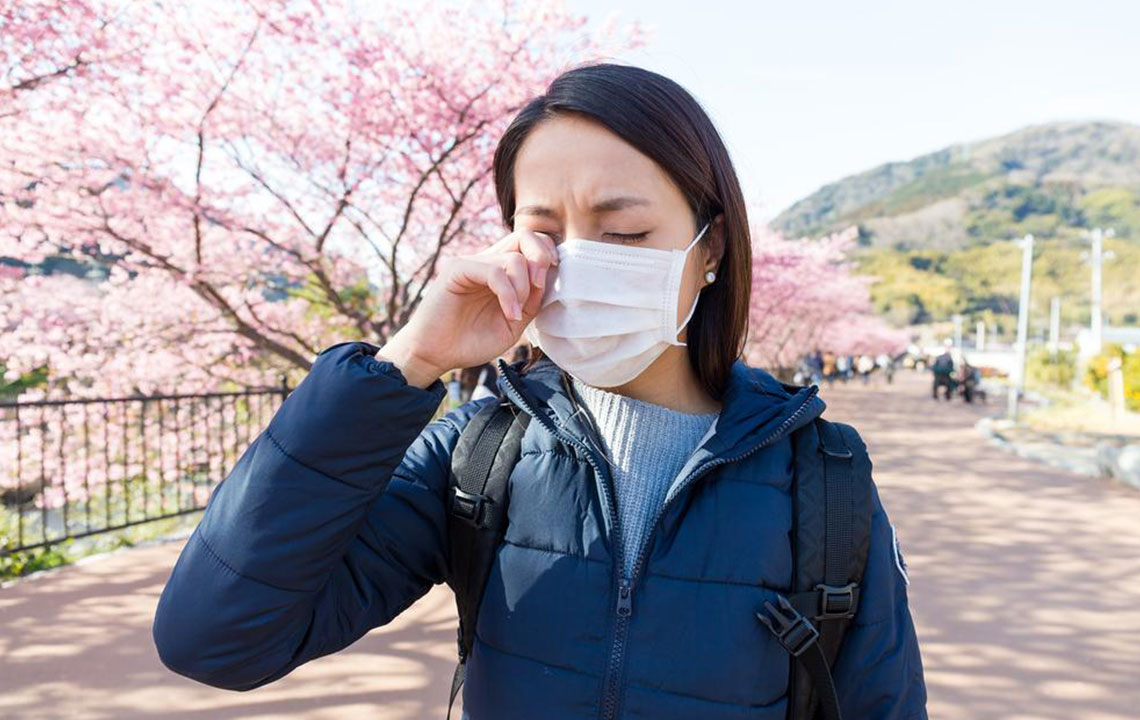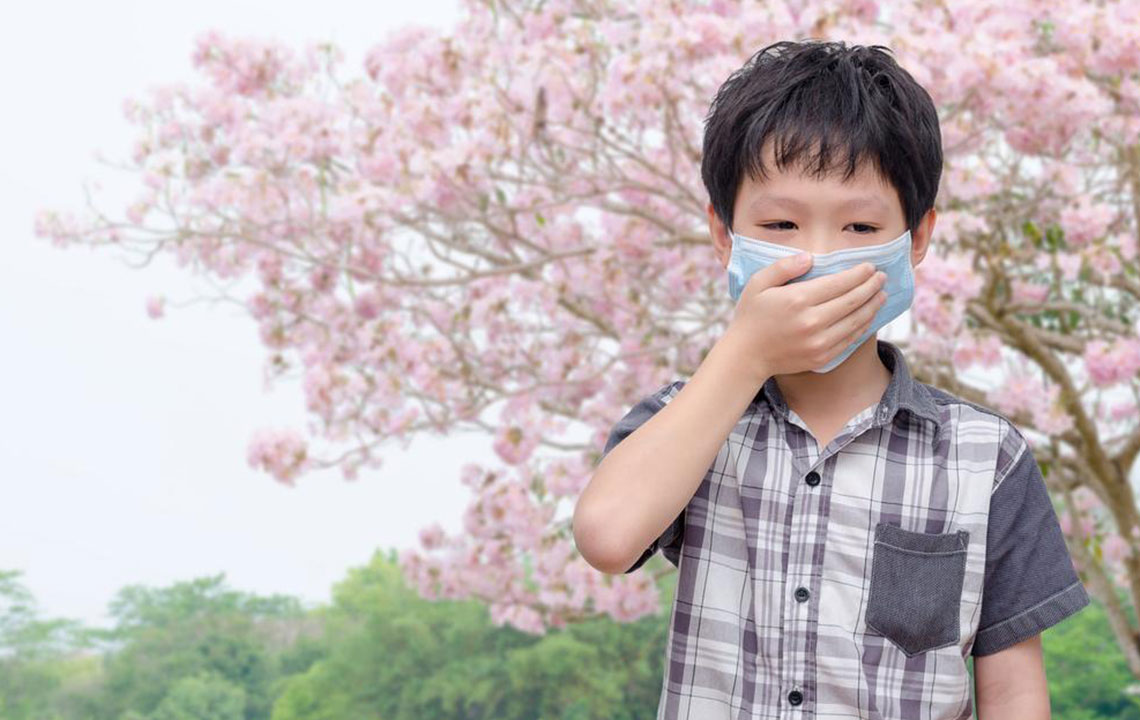Managing Pollen Allergies: Symptoms and Prevention Tips
This article provides a comprehensive overview of pollen allergy symptoms, triggers, and effective prevention methods. Learn how to identify signs and explore treatments such as antihistamines, immunotherapy, and lifestyle tips to reduce exposure and manage symptoms effectively.

Recognizing Pollen Allergy Symptoms and How to Prevent Them
Pollen, an airborne powder released by flowering plants, spreads through wind, insects, or animals. Many individuals are affected by allergic reactions when exposed to this tiny particle. Symptoms usually appear during certain seasons: spring (tree pollen), summer (grass pollen), and fall (ragweed).
Causes and Common Triggers
The primary cause is breathing in pollen from trees like oak, grasses, or ragweed. These particles, part of plant reproduction, become airborne and trigger immune responses in sensitive individuals. The body releases chemicals leading to allergy symptoms.
Those with existing allergies, asthma, or exposure to dust mites and pet dander are more vulnerable. A genetic history of allergies and skin conditions like eczema also increase risk.
Typical signs include a runny or stuffy nose, itchy watery eyes, sneezing, cough, and sore throat. Dark circles under the eyes (allergic shiners), fatigue, and irritability are also common.
Diagnosis involves a physical exam, medical history, and possibly allergy blood tests measuring allergen antibodies. Treatment options range from OTC antihistamines, nasal sprays, to prescribed corticosteroids and allergy immunotherapy. Nasal rinses help remove allergens and mucus, easing symptoms.
Preventive measures include using HEPA filters, keeping windows closed during peak pollen seasons, wearing hats and sunglasses outdoors, and using masks during outdoor activities like gardening to reduce pollen inhalation.


